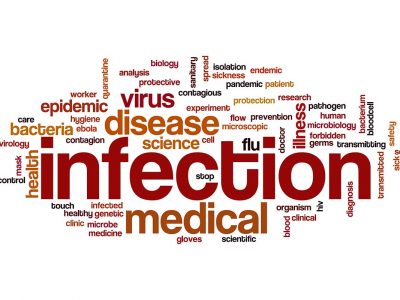Is infection prevention a frequently scored standard? In fact, it ranks among the top few in our database. But, there are steps you can take to ensure it isn’t an issue for you.
Infection Prevention
Over the past few months, we detailed the frequently scored standards contained in our database of actual TJC reports shared with us.
In November we highlighted two EPs. EC.02.06.01, EP 1 and IC.02.02.01, EP 2 which cover ligature risk and high level disinfection and sterilization processes. Both are very frequently scored in the Red Zone on the SAFER™ Matrix.
Again in December, we covered two more, PC.02.01.03, EP 7 and EC.02.05.01, EP 15. EP7 includes following orders or protocols and EP15 covers air pressures, temperature and humidity.
Next, we’ll tackle two more frequently scored standards. This post covers EC.02.04.03, EP 5. Then, come back next week for the overview on IC.02.01.01, EP 1.
Frequently Scored Standards IC.02.01.01, EP 1
IC.02.01.01, EP 1 is where the TJC scores a wide variety of infection control related issues. These issues include anything the surveyor believes looks “yucky.” Or, more technically speaking, it violates a long-standing practice expectation about contaminating patients or the patient care environment. In fact, these issues usually score in the dark orange or yellow sections of the SAFER™ Matrix.
Furthermore, you don’t need an expert to identify most infection prevention issues. Instead, we call them infection prevention common sense.
For example:
- Storing clean medical equipment in the dirty utility room
- Storing dirty equipment in the clean utility room
- Leaving linens uncovered
- Ice machine tubes that contain slime
- Dust – on the medical gas boom and pharmacy hoods
- Dusty RT difficult airway box
- Storing kitchen clean pans near the dirty washing area
- Storing clean pans with pooled water
- Carts and mattresses with peeling dirty labels, tape repairs, tears, and adhesive residue
- Dirty rollers in the kitchen
- Failure to record kitchen water temperatures for wash or rinse
- Documented water temperatures don’t reach required thresholds
- Exposed dirty wood in patient care sink area
- Medical refrigerator with black substance inside (mold?)
- Pharmacists wearing jewelry while performing sterile compounding
- Pharmacy hood power strip contaminated with dust and fluid stains
- Pharmacy hoods not in buffer or segregated compounding area
- No monthly documentation of cleaning pharmacy buffer area
- Artificial nails on direct patient care staff
- No bottom liner on wire storage rack
In addition, there are various ways to identify and prevent these findings at your hospital. They include evaluations by:
- Area managers
- Adjacent partner area managers
- Infection prevention staff
- Quality staff
- Administrative rounding
Or, perhaps the best option, invite your mother-in-law in to inspect your work area!


 Joint Commission 9 New Performance Elements
Joint Commission 9 New Performance Elements
Leave a Reply